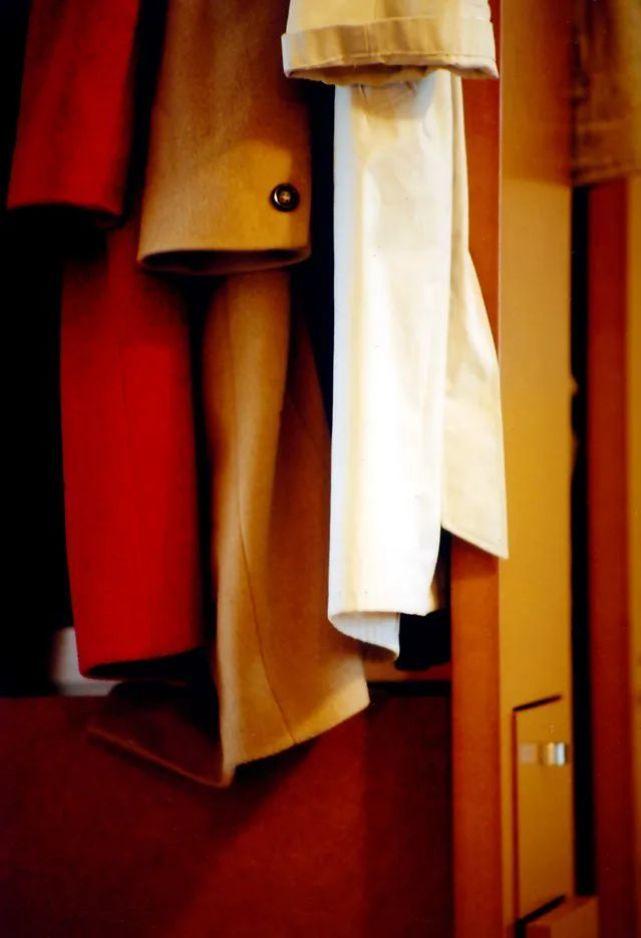“Water repellent” and “waterproof” of the fabric
Many people have misunderstandings, thinking that the water-repellent function of the fabric is waterproof. After using it, they discovered that the fabric will penetrate after being underwater for a long time, and it is not really waterproof. In fact, “water-repellent” and “water-proof” are two different things. Let’s briefly describe the difference between the two.

# Water-proof
Water repellent, also known as water repellent, English is water repellent, abbreviated as W/R.
Water-repellent refers to the deposition of hydrophobic compounds on the surface of fibers. There are pores on the surface of the fabric through which air and moisture can pass. Generally, water droplets (like lotus leaves) will form on the surface of the fabric. ), it is not really waterproof, but it reduces the adsorption of water by the fabric, so that the water can be “pushed away” on the surface of the fabric. If the water stays for a long time, it will still seep into the inside.
Water-repellent processing uses various chemical materials to attach an ultra-fine “needle bed” to the surface of the fabric, making the surface of the fabric The tension is less than the cohesive force of water, so water beads up and rolls away instead of spreading out and soaking.
If this layer of “needle bed” structure is flattened or covered and penetrated by oil stains, the water-repellent ability of the fabric will be reduced. It will drop significantly and even start to absorb water. The water-repellent effect of fabrics will gradually weaken or even fail with washing and long-term use.
Therefore, when you go out wearing water-repellent clothing on rainy days, you can quickly shake off the water droplets on the surface of the clothes, but the clothes inside Whether it will get wet depends on the amount of rain and the time it stays in the rain. Water-repellent is not truly completely waterproof.
# Waterproof
Waterproof in English is
water
Proof, here refers to waterproof and breathable fabrics, generally refers to making a rubber base on the bottom of the fabric, which is divided into two types: coating and lamination. Coating is often referred to as coating, and lamination refers to lamination, that is, a layer of waterproof material. The vast majority of waterproof fabrics use laminated (film) materials, and there are also various treatment forms such as capsule fibers, compact fabrics, siliconization, etc., and are usually located on the inner layer of the fabric, which is often referred to as a “waterproof membrane.”
Waterproof membrane is a composite fabric that combines a film with other fabrics through a pasting process. The fabric itself is not waterproof, so when we wear waterproof clothing and encounter water, we will see Water penetrates into the clothing, just like clothing made of ordinary fabrics, but the inner layer of the clothing is dry. This is where the waterproof membrane in the middle of the composite fabric comes into play.
Waterproof ability is expressed by the water pressure resistance value, that is, a fixed area of tarpaulin is used to block the rising water pressure. When the surface When the third drop of water seeps out, it is the water pressure resistance value of the fabric. Usually if it exceeds 1000mmH₂O, it can achieve the most basic waterproof ability.
The functional difference between the two
1. Waterproof products are more durable and have more stable physical and chemical properties than water-repellent products.
2. Waterproof products usually do not fail due to washing and long-term use.
3. Waterproof products have higher water pressure resistance indicators than water-repellent products, usually at least 3000mmH₂O.
4. In the specific application of clothing, the main function of the water-repellent treatment is to reduce the adsorption of water by the fabric so that the water can be “pushed away” on the surface of the fabric; the waterproof treatment is a complete An impermeable barrier that keeps water out regardless of whether the fabric is absorbent or not.






